IMPORTANT: Free flying “reproductive” Swarms which cluster on tree branches temporarily and bees in established colonies inhabiting structures ***are different***. Established colonies in a cavity or structure should be assessed by experienced beekeepers, and is a paid, not a free, service.
Swarm cluster recovery is a less technical undertaking, and can be safely collected by many informal beekeepers. Swarm catching is an important first step in beekeeping for many hobbyists.
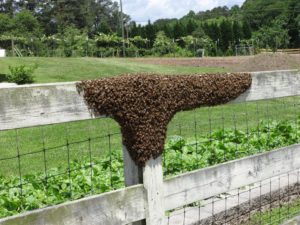
As an all-volunteer club we do *not* warranty, certify or administer the removal of established colonies that are established in structures, walls or tree holes. These removals are a “fee for service” business endeavor. Several club members operate small enterprises which specialize in the relocation and salvage of established hives. As a public benefit, we provide their contact numbers and a description of their service.
If you have an established colony in a home, shed or other structure, please consult our page:
Established Colony Relocation Specialists
Swarm clusters that are just temporarily settled
Our long-serving swarm co-ordinator is: Bruce Terry at (805) 459-0762
Ben Tarpley serves as “swarm dispatch” in the North County — (805) 540-1997
Honey bees reproduce by the process of “swarming”. The old colony fissions: half the bees and a queen fly away from the old colony suddenly. The swarm settles in a **temporary** cluster near the old hive. From this temporary cluster, bee scouts explore to find a new cavity for the swarm to settle in permanently. The cluster will quite suddenly pick-up and fly to the new cavity the scouts have identified after minutes, hours or days.
The temporary cluster resembles a large ball hanging from a tree branch, roof eave, or wall. These temporary “bivouacs” can be safely captured and rehomed by beekeepers.
Central Coast Beekeeping Alliance coordinates the capture of swarm clusters in San Luis Obispo county, using the expertise among our membership. If you have spotted a honeybee swarm, please call our swarm dispatch coordinators or fill out the online form below. Please have the following information ready:
- Swarm location Provide the exact address, where you see the swarm (e.g. “in a plum tree about five feet above the ground on the north end of the property about 10 feet from the road 476 Mellifera Lane, Paso Robles” )
- Swarm Description Is the swarm free-flying or is it in a structure (a building, water main box)? How long has the swarm been there (swarms often fly away between 24-48 hours? How large is the swarm (grapefruit, football, large watermelon)? If not at ground height, how high is the cluster (e.g is a ladder required)?
- Swarm Photos Please take a picture of the swarm to show the size and a picture to show the location.
Bruce (805) 459-0762 and Ben (805) 540-1997 maintain a database of beekeepers seeking free flying swarms and are in contact with the professionals which extract established colonies.
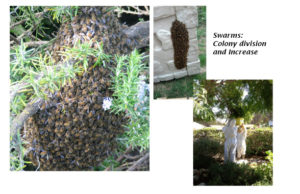
What is a swarm?
Honeybee swarms are not dangerous. When a colony is too big, the old queen takes half of the bees to a new home. The queen is not a strong flyer and so the swarm will take a rest temporarily in a “bivouac.” When bees are in their “bivouac”, they are easily and safely collected.
Report Swarms online — Fill out and submit this form.
Established Colony Relocation Specialists
Suzi Hulsman (County wide) Text/Cell: (805) 635-5223
Email: thequeenteam@aol.com
Website: Suziandthequeenteam.com
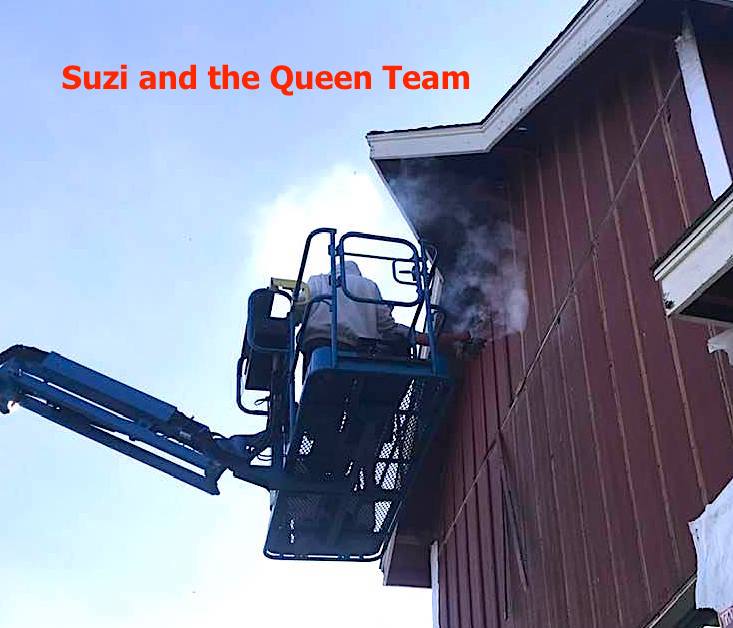
Suzi Hulsmann is an experienced honey bee relocation expert serving all of San Luis Obispo County. She uses infrared technology to find the heat signature of the bees within a structure so that an accurate estimate for relocation can be written. Suzi works with a general contractor to open the area occupied by the bees. When the colony is exposed, she vacuums the bees with the Colorado Bee Vacuum, removes the comb and relocates the colony to a more suitable location. The Team makes all repairs while paying special attention to bee-proofing the location. Photos and descriptions of Suzi’s work can be viewed at Suziandthequeenteam.com. The Team is insured and licensed and happy to provide references.
Tim Ball (County wide) Text/Cell: (805) 714-7142
Email: ballbeeco@gmail.com
Website: ballbeeco.com
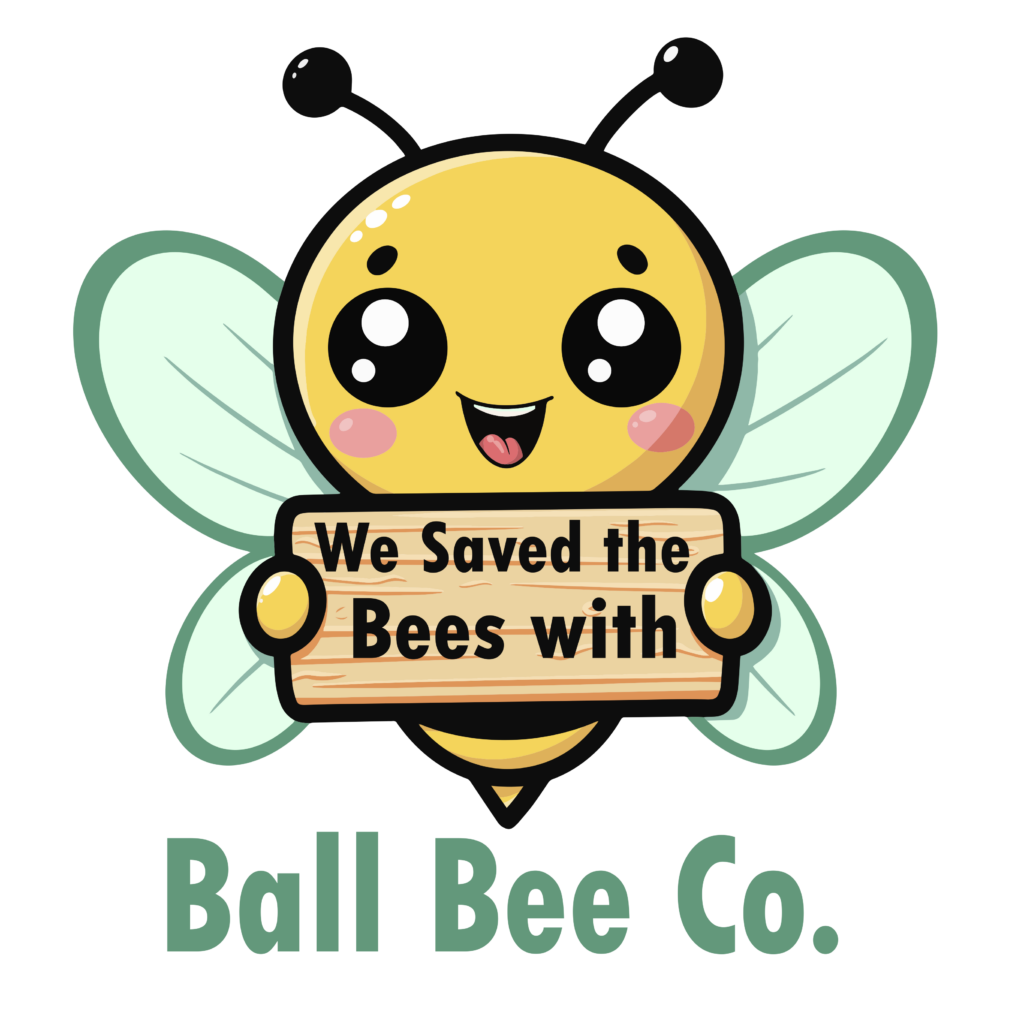
Call the friendly honeybee rescue service! With decades of experience in building construction and an intimate knowledge of honeybees, we offer competitive rates and unparalleled expertise. We specialize in removing bees from buildings, barrels and trees, and will re-home honeybee swarms. Using state-of-the-art technology, we pinpoint bee nests with precision, minimizing impact to your building. Fully insured and licensed, we ensure a safe and professional service. Our passion extends beyond just relocation; we are dedicated to educating our clients about the vital role bees play in our ecosystem. And by nurturing relocated bees into thriving apiaries that produce delicious local honey, we help you make a positive impact while ensuring your home is bee-free and safe.
Robert Dias – Swarm Catchers
Swarm Catchers
Text/Cell: (805) 868-0623
Email: Orcuttbees@proton.me
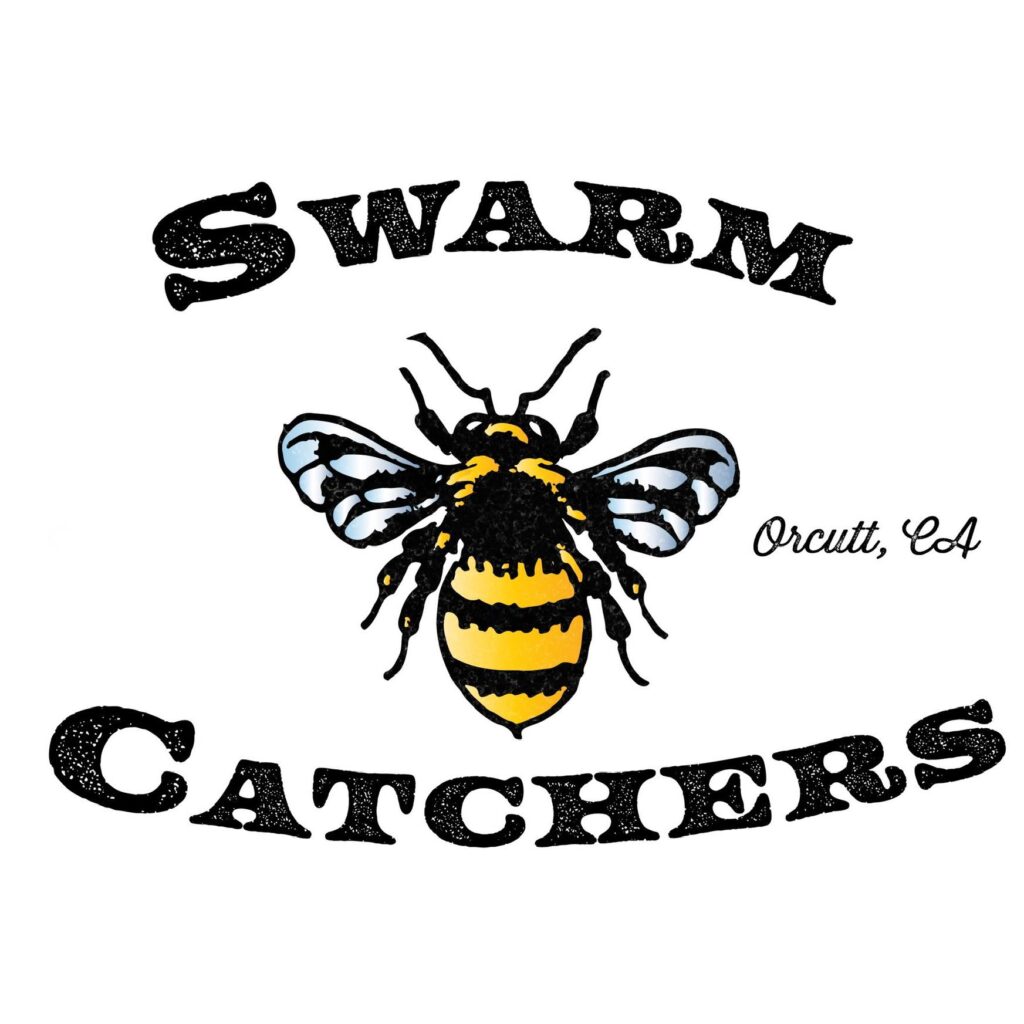
Swarm Catchers is a licensed and insured bee removal service that provides safe and humane rescue and relocation of bees as an alternative to extermination. Based in Orcutt, Swarm Catchers offers bee rescue services all along the Central Coast. Once rescued, the bees are relocated to an apiary where they can safely live. With years of experience, we are happy to provide professional solutions no matter how simple or complex. An extermination of a bee colony leaves behind dead bees and honeycomb that increases the likelihood of rot/mold, foul odors, ants and mice. In addition to saving the bees, a bee rescue will remove all the honeycomb and wax from the area, making it good as new. Thank you for saving the bees!
Other established businesses are welcome to be listed here, email jchesnut@slonet.org with details
